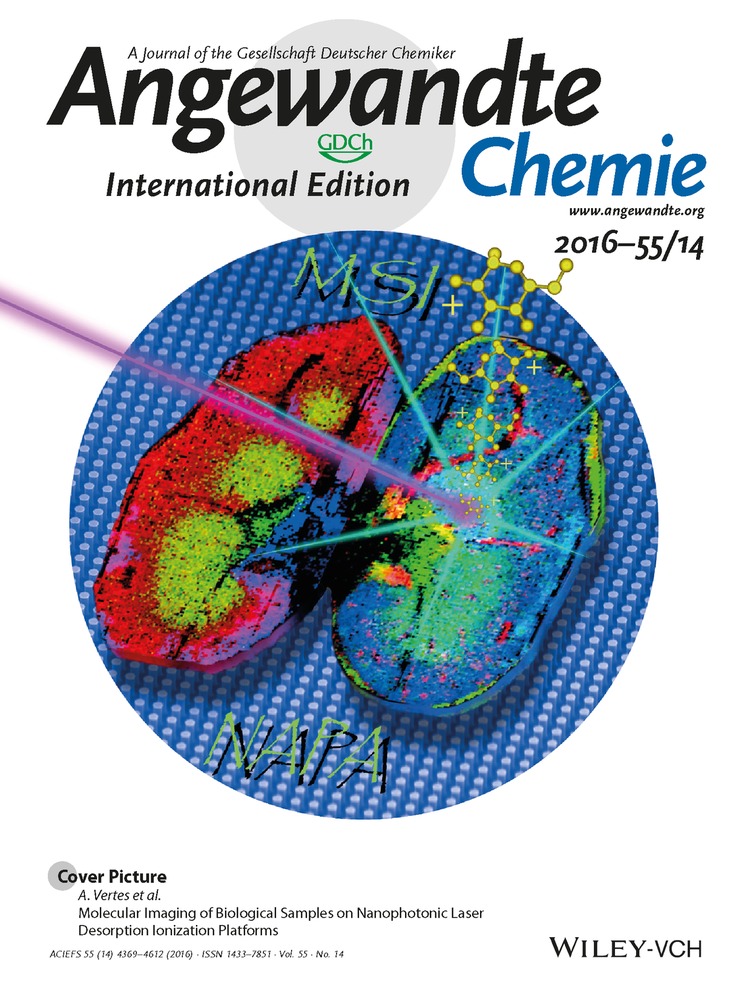β-Ag3RuO4, a Ruthenate(V) Featuring Spin Tetramers on a Two-Dimensional Trigonal Lattice
Graphical Abstract
Magnetic attraction: β-Ag3RuO4 was synthesized using hydrothermal conditions. The crystal structure is based on a hexagonal close packing of oxygen, and displays tetrameric polyoxoanions [Ru4O16]12− embedded in a 2D trigonal environment. The Ru4 diamonds are separated by silver, which suppress the frustrated antiferromagnetic exchange common to trigonal lattices. Strong interanionic antiferromagnetic interactions dominate instead. Key: Ag gray, Ru cyan, O red.
Abstract
Open-shell solids exhibit a plethora of intriguing physical phenomena that arise from a complex interplay of charge, spin, orbital, and spin-state degrees of freedom. Comprehending these phenomena is an indispensable prerequisite for developing improved functional materials. This type of understanding can be achieved, on the one hand, by experimental and theoretical investigations into known systems, or by synthesizing new solids displaying unprecedented structural and/or electronic features. β-Ag3RuO4 may serve as such a model system because it possesses a remarkable anionic structure, consisting of tetrameric polyoxoanions (Ru4O16)12−, and is an embedded fragment of a 2D trigonal MO2 lattice. The notorious frustration of antiferromagnetic (AF) exchange couplings on such lattices is thus lifted, and instead strong AF occurs within the oligomeric anion, where only one exchange path remains frustrated among the relevant six. The strong magnetic anisotropy of the [Ru4O16]12− ion, and the effectively orbital nature of its net magnetic moment, implies that this anion may reveal the properties of a single-molecule magnet if well-diluted in a diamagnetic matrix.





